In the heart of ঢাকা, Bangladesh, the Rasulbagh Children’s Park stands as a testament to the transformative power of community-driven initiatives. Led by Shatotto architects, this ambitious project breathed new life into a neglected urban space, revitalizing both the park itself and the surrounding community.
The Challenges of Neglect: A Call to Action
The park, once a vibrant hub for communal activities, had fallen into disrepair. Cracked walls, withered grass, and inadequate infrastructure plagued the area. Furthermore, the absence of proper amenities and accessibility hindered community engagement and led to unsanitary conditions, particularly during heavy rains.
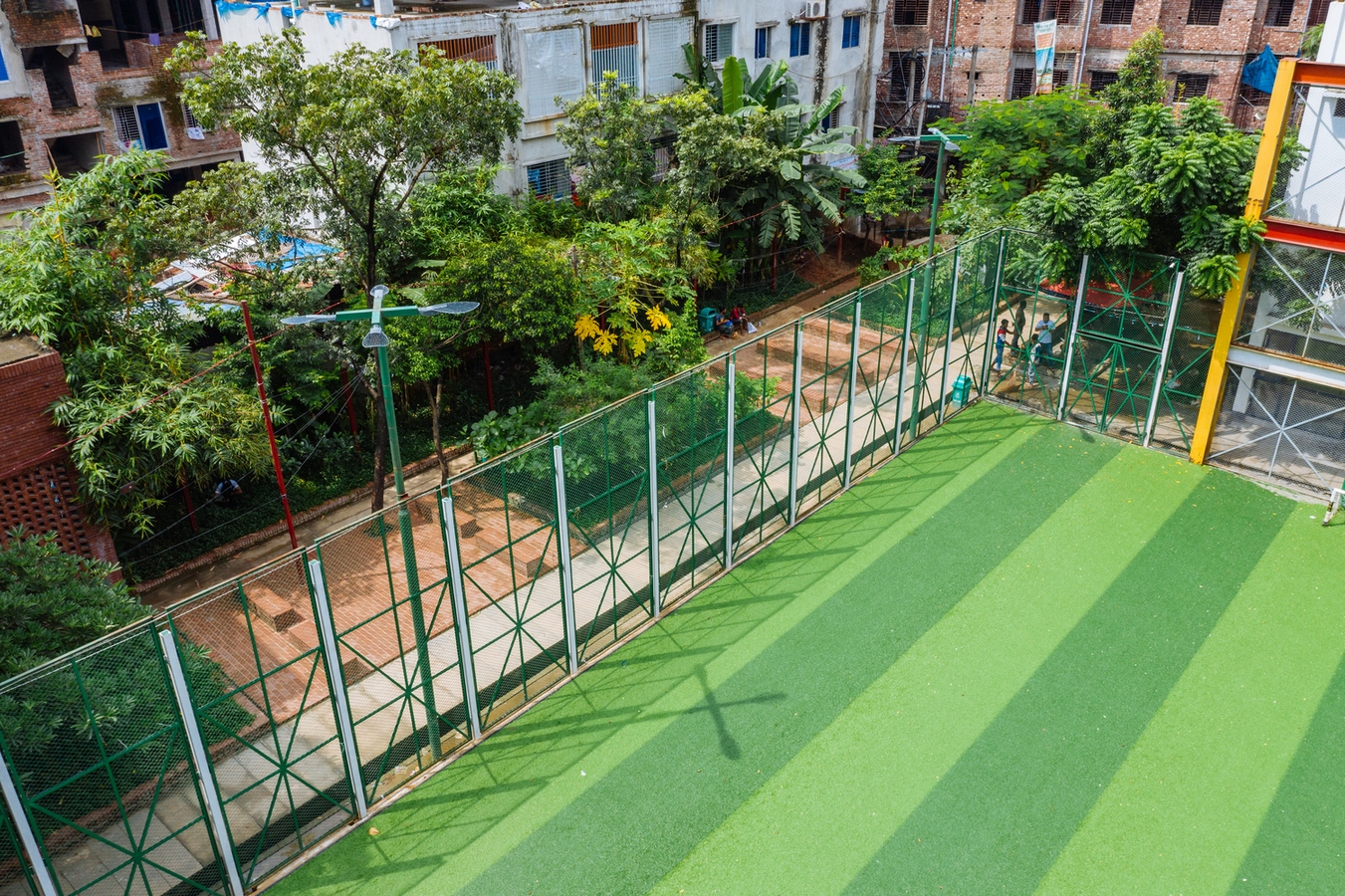
A Two-Stage Approach: Renewal and Community Empowerment
The project unfolded in two stages, each addressing distinct yet interconnected objectives. Initially, the focus was on renovating the park to enhance its functionality, accessibility, and aesthetic appeal. Subsequently, efforts shifted towards fostering community engagement and ensuring sustainable maintenance practices.
Revitalizing the Park: A Comprehensive Approach
Renovations commenced with the removal of barriers, followed by the integration of surrounding roads into the park. Wheelchair-accessible ramps were installed, and rainwater collection trenches were strategically positioned to mitigate waterlogging. A multifunctional building, once abandoned, was refurbished to house amenities such as a gym and community hall, creating employment opportunities and generating revenue for park maintenance.
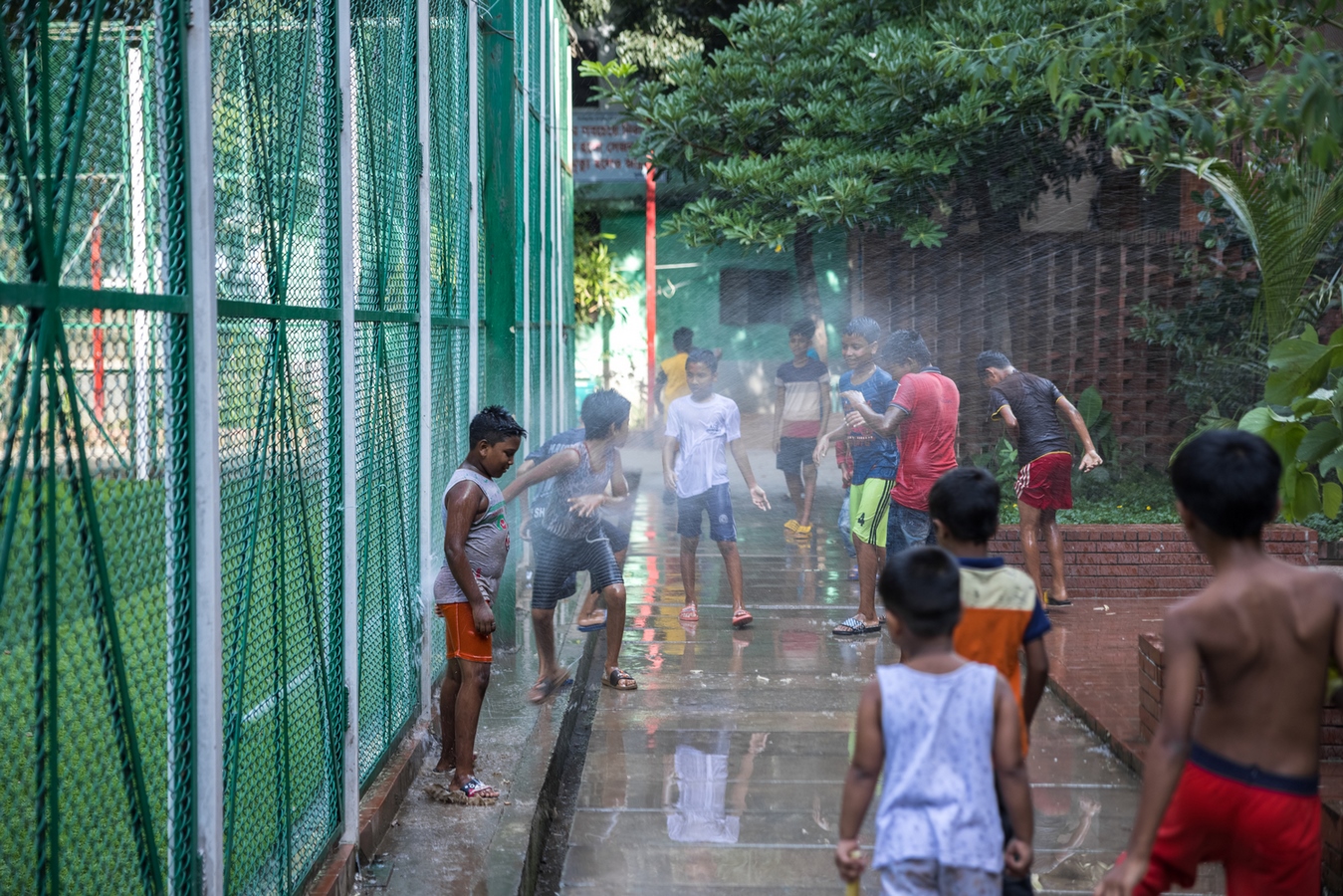
Empowering the Community: Fostering Ownership and Unity
The park’s redesign prioritized inclusivity and environmental sustainability. New amenities, including sports fields, playgrounds, and public facilities, were incorporated to cater to diverse community needs. Waste management infrastructure was also introduced to promote cleanliness and environmental consciousness.
A Bright Future Ahead: A Community-Centric Space
The revitalized Rasulbagh Children’s Park now stands as a symbol of hope and resilience. By empowering local residents and fostering a sense of ownership, the project has transformed the park into a vibrant, family-friendly space. As community members take pride in their revitalized environment, the park emerges as a beacon of unity and collective endeavor.
In conclusion, the Rasulbagh Children’s Park exemplifies the profound impact of public architecture in revitalizing urban spaces and fostering community cohesion. Through collaborative efforts and a commitment to sustainability, the project has not only transformed a neglected park but has also empowered its community, paving the way for a brighter, more inclusive future.


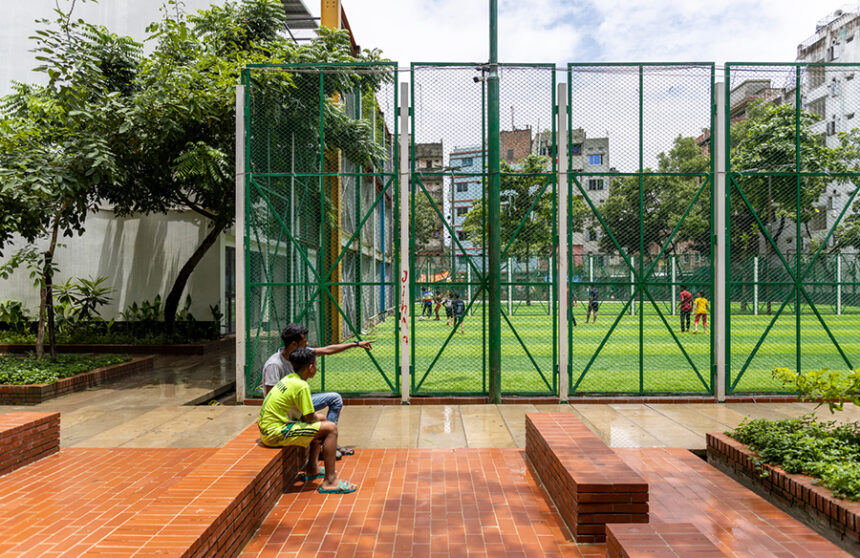


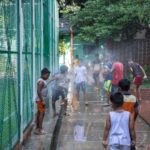
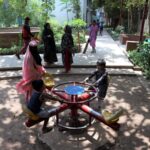
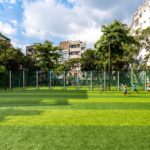
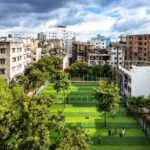

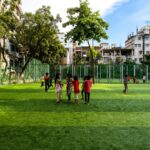
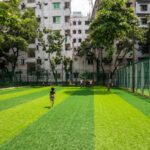
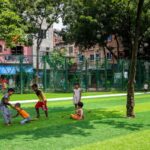

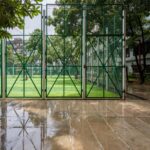
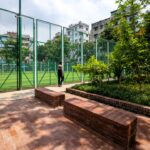
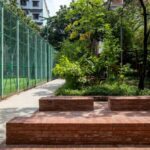
Leave a Reply